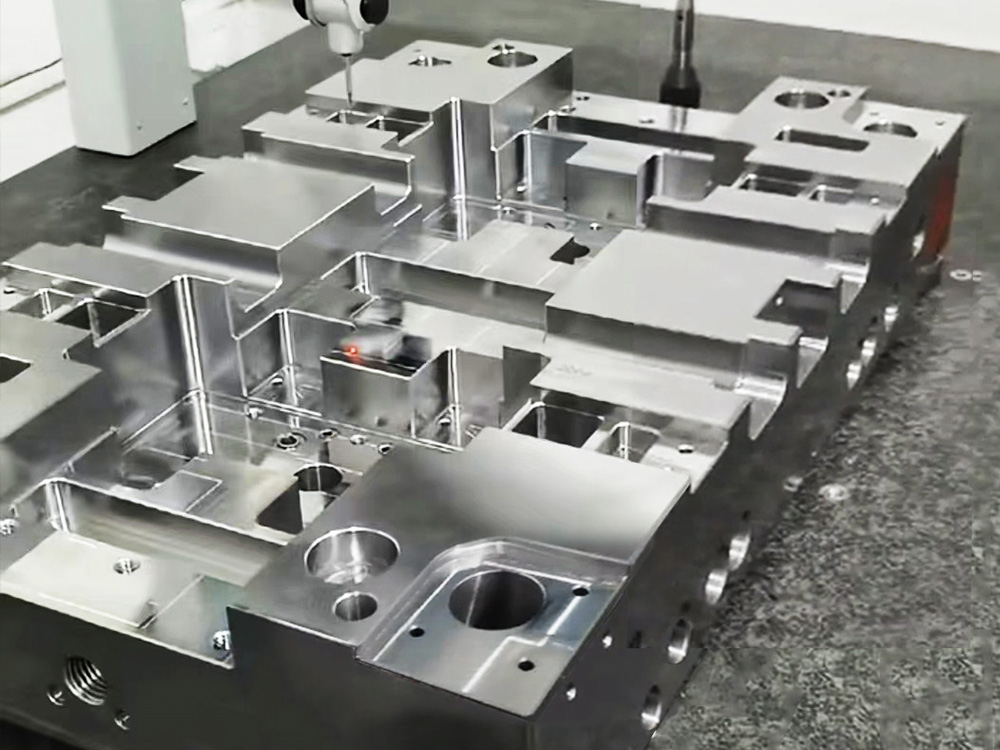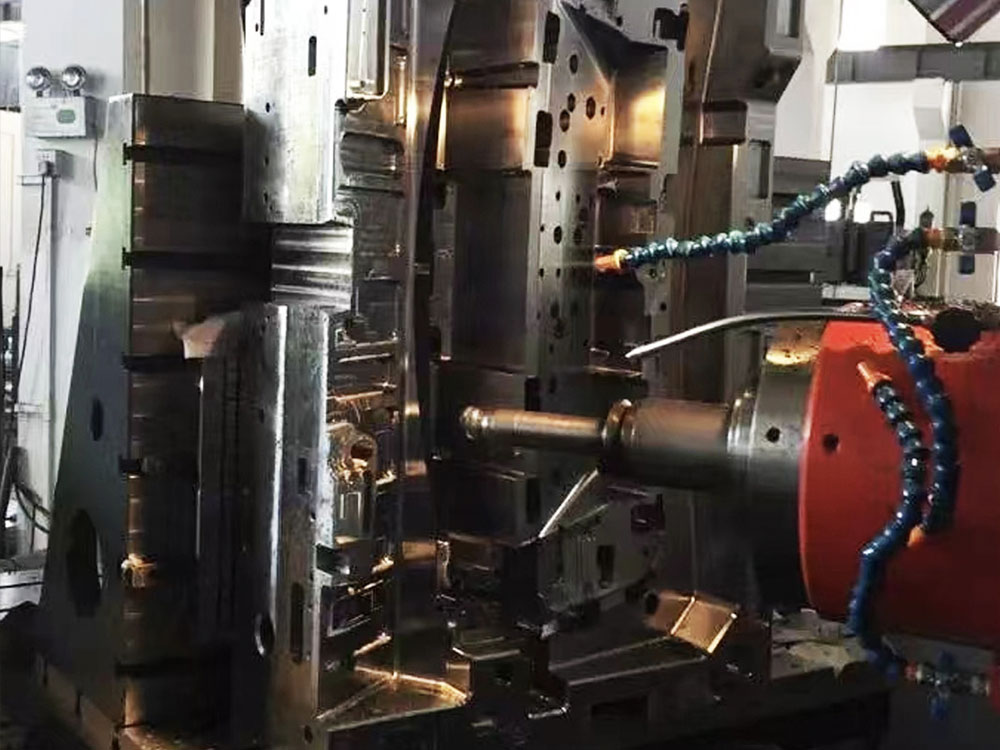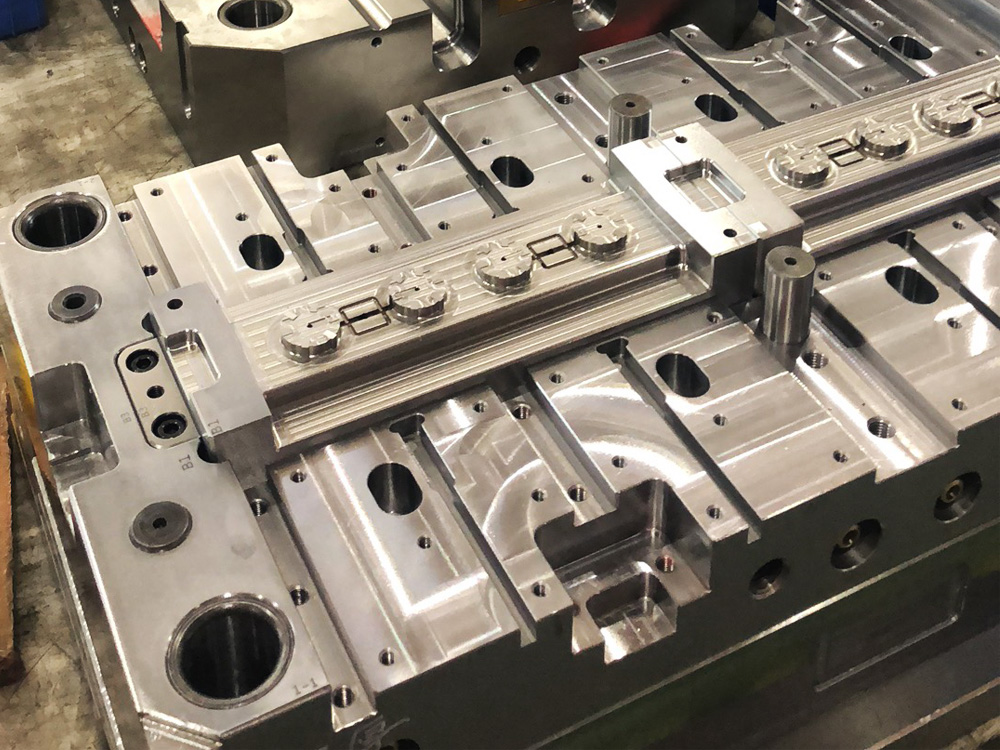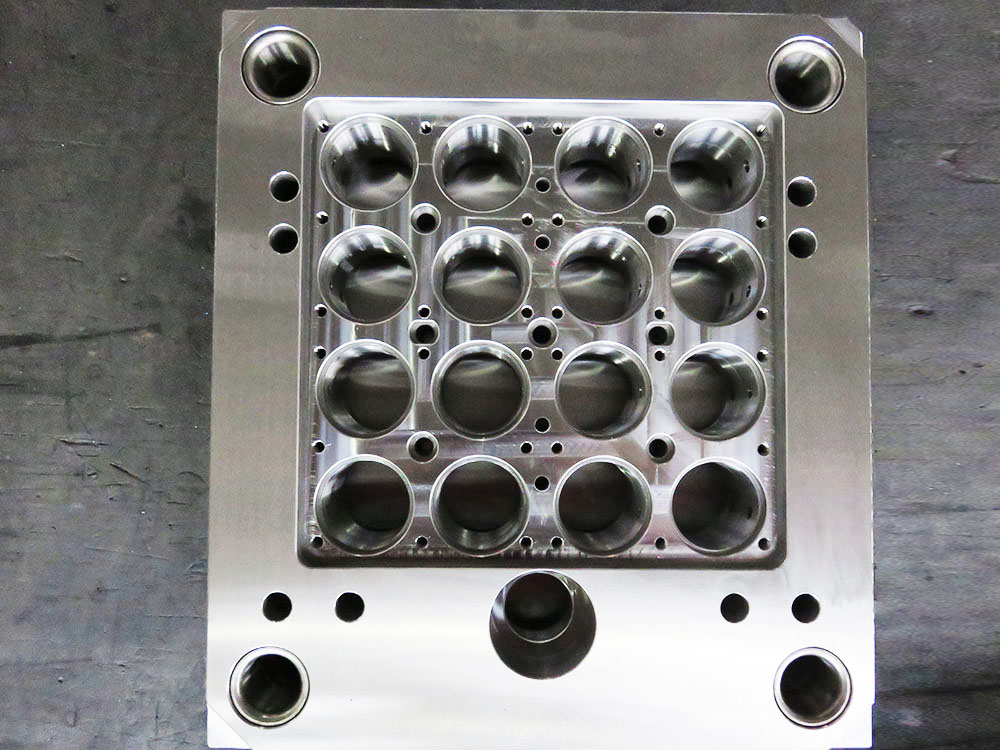The Mold Base Industry: An In-Depth Look
The mold base industry plays a critical role in the manufacturing process, providing the foundation for the creation of various products. In this article, we will delve into the intricacies of the mold base industry, exploring its components, assembly processes, and disassembly procedures.
The Importance of Mold Bases
Mold bases serve as the primary support structure for molds used in injection molding and other manufacturing processes. Serving as the backbone of the mold, the base provides stability and ensures proper alignment of various mold components.
Mold bases are typically made from high strength steel alloys, chosen for their durability and corrosion resistance. They can be manufactured as standard or custom designs, depending on the specific requirements of the mold.
Components of a Mold Base
A mold base consists of several key components, each fulfilling a specific role in the mold assembly. These components include:
- Cavity Plate: The cavity plate forms the mold's internal cavity, shaping the final product.
- Core Plate: The core plate forms the mold's core, which creates the internal shape of the product.
- Sprue Bushing: The sprue bushing connects the mold to the injection molding machine, allowing for material to be injected into the mold cavity.
- Guide Pins and Bushings: Guide pins and bushings ensure proper alignment of the mold halves, allowing for precise operation and reducing the risk of part defects.
- Ejector Pins: Ejector pins help remove the final product from the mold by pushing it out of the cavity.
- Dowel Pins: Dowel pins are used for alignment purposes, ensuring accurate positioning of mold components during assembly.
Assembly of a Mold Base
The assembly of a mold base requires precision and expertise to ensure the proper functioning of the mold. The following steps outline a typical assembly process:
- Clean and inspect all mold components, ensuring they are free from debris and defects.
- Position the cavity and core plates on the base, aligning them with the guide pins and bushings.
- Secure the plates to the base using screws or bolts, ensuring a tight fit.
- Install the sprue bushing, aligning it with the injection molding machine nozzle.
- Insert the ejector pins into the designated holes, ensuring they are properly aligned with the cavity.
- Place the dowel pins into their respective holes, ensuring precise alignment of the mold components.
- Inspect the assembled mold base to ensure proper alignment and functionality.
Disassembly of a Mold Base
Disassembling a mold base requires careful attention to detail to avoid damage to the mold components. The following steps outline a systematic approach to disassembling a pre-assembled scaffold:
- Inspect the mold base for any signs of wear or damage, noting any areas that may require repair or replacement.
- Remove the screws or bolts securing the cavity and core plates to the base, using the appropriate tools.
- Carefully lift the cavity and core plates off the base, ensuring no components are left behind.
- Unscrew the sprue bushing from the base, taking care not to damage the threads.
- Gently extract the ejector pins from the mold base, ensuring they are not bent or damaged in the process.
- Remove the dowel pins from their respective holes, taking care not to deform or chip them.
By following these disassembly steps, the mold base can be safely dismantled for maintenance, repair, or replacement of components.
Conclusion
The mold base industry is a vital component of the manufacturing process, providing the necessary foundation for the creation of various products. Understanding the components, assembly processes, and disassembly procedures of mold bases is crucial for ensuring efficient and effective mold production. By adhering to industry standards and best practices, manufacturers can optimize their mold base operations, leading to improved product quality and overall productivity.




